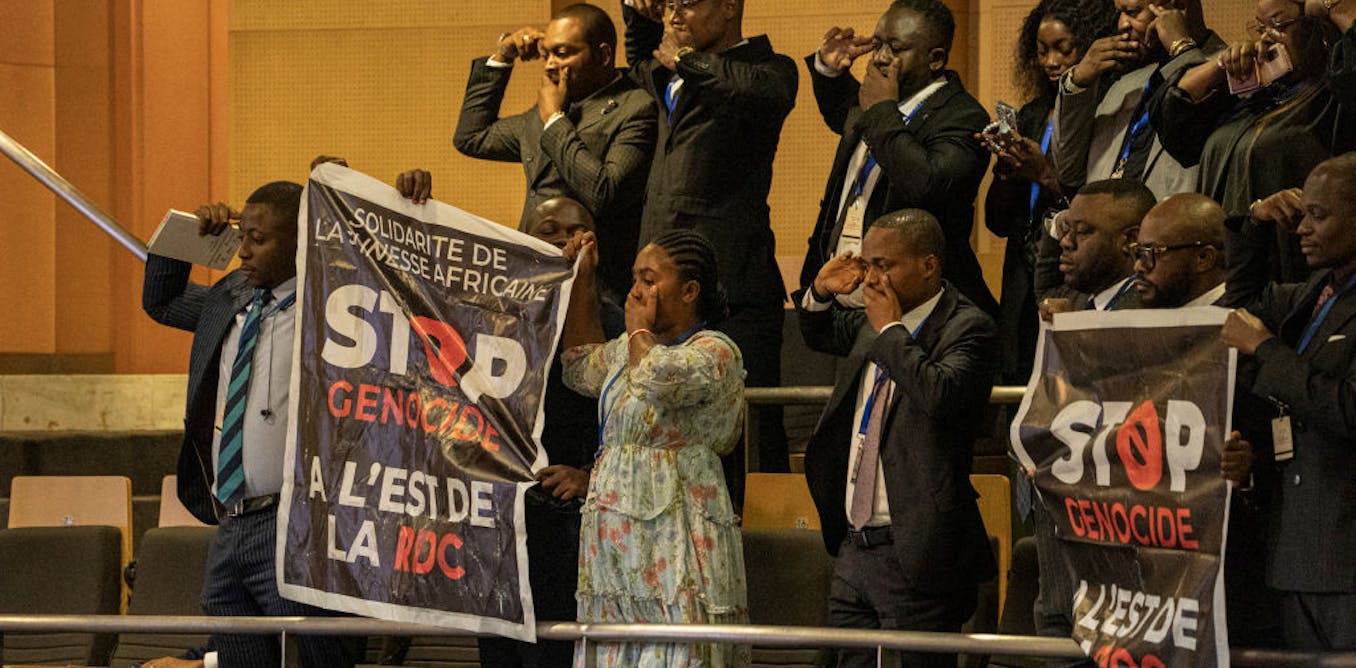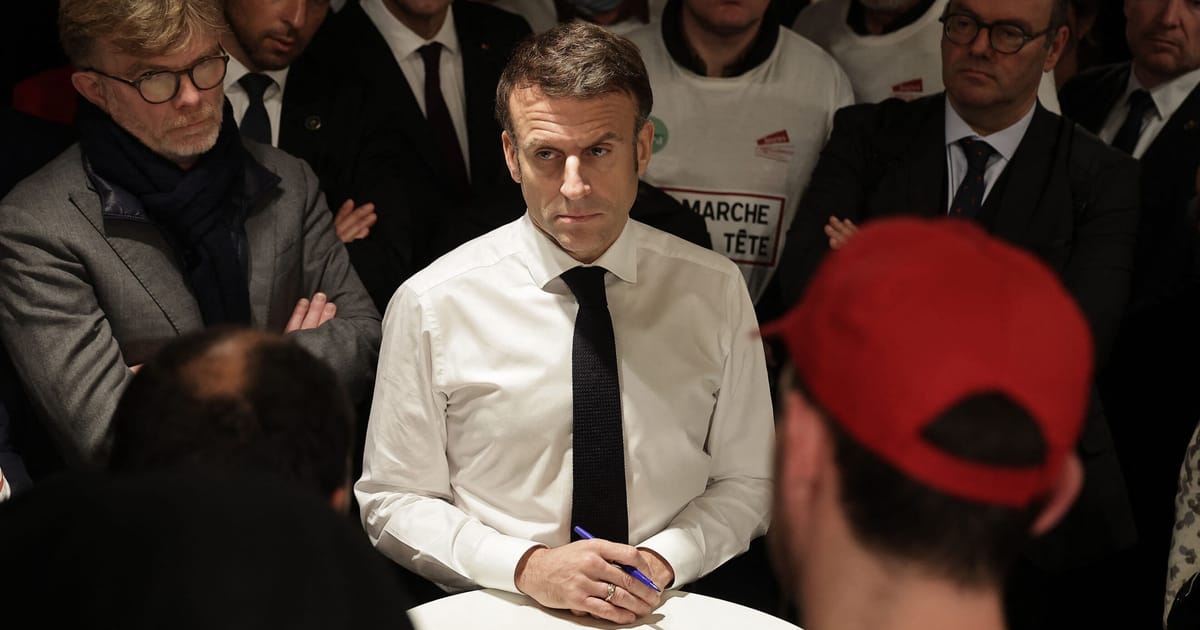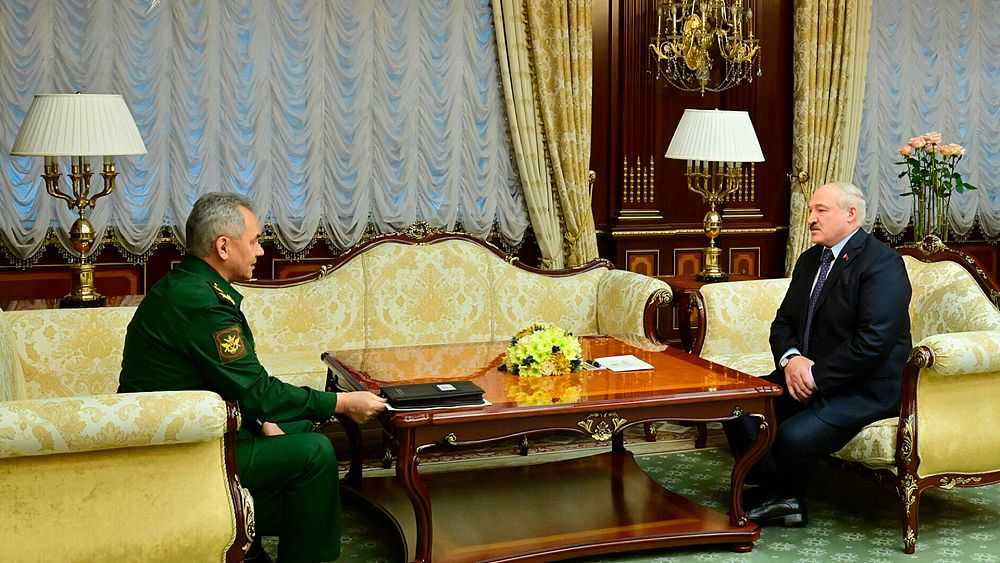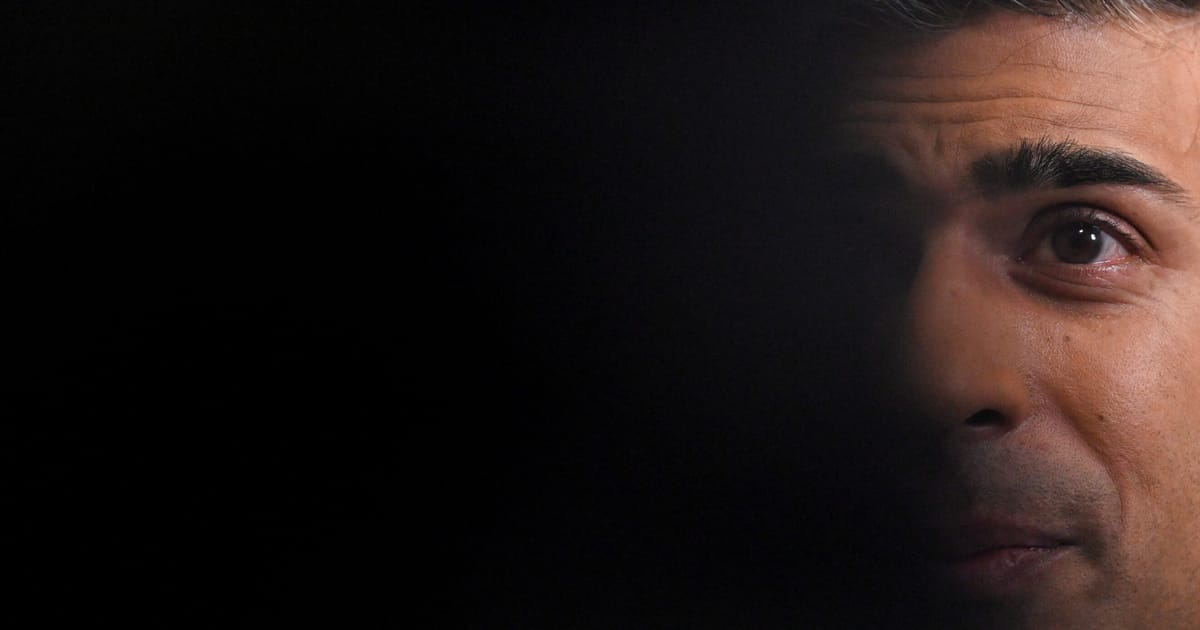Since early February, the Democratic Republic of Congo’s capital, Kinshasa, has been rocked by protests directed against western embassies. Protests took place in front of the British and French embassies, and in front of United Nations buildings. Throughout the city, American and Belgian flags were burned.
The protesters are denouncing what they believed to be western complicity in the war in the east of the DRC. These protests were triggered by the renewed advance of the rebel movement M23.
M23 is led by Congolese Tutsi, and is the latest in a history of Congolese rebel groups supported by Rwanda. It emerged in April 2012, took control of the eastern city of Goma in November 2012, and was defeated in 2013. In late 2021, the group reemerged, fuelled by longstanding geopolitical tensions between the DRC and Rwanda. It has since gained control over large parts of territory.
The movement now controls access to Goma. The city of an estimated 2 million people is symbolically and strategically important as the biggest city of the northern Kivu province, bordering Rwanda.
The rebel group has now effectively surrounded the city, allowing it to cut off supplies or conquer the city. The possibility of this happening – as it did in 2012 – has led to widespread panic and more displacement.
I have studied the DRC and its geopolitics for close to two decades. In this article, I’ll explain the reasons for, as well as the ambiguity of, the protests.
First, it is striking how silent the international community remains towards Rwanda. Multiple recent United Nations reports have extensively documented direct Rwandan military support for the M23 rebellion – support that Kigali itself denies.
A number of countries, such as Belgium and France, have called on Rwanda to end its involvement. Most recently, on 17 February, the United States released a strong statement condemning Rwanda’s support for M23. Yet, not much concrete action has been taken: Rwanda remains a western donor darling.
Second, the current protests are an indictment of the lack of global attention to the Congolese crisis. The comparison with both Ukraine and Israel/Palestine is frequently made in the country: where is the attention to the Congolese crisis?
For Felix Tshisekedi, who recently began a second term as president of the DRC, the protests are convenient. They’re allowing the government to shift the blame to western countries. This is after five years of at best limited progress in resolving the crisis in the eastern part of the country.
Failed policies
The Congolese government has failed to solve the armed crisis in the east. The region continues to be plagued by a range of armed groups, including the M23 rebellion.
Since the Second Congo War (1998-2003), conflict has kept brewing in eastern Congo, driven by interests and grievances at local, national and regional levels. This has spawned a multitude of armed groups, estimated to be over 100 at the moment. Access to natural resources – which are plentiful in eastern Congo – is one, but not necessarily the most important, driver of conflict. At the regional level, neighbouring countries such as Uganda and Rwanda have continued to protect their economic, political and security interests in eastern Congo.
When Tshisekedi first became president in 2019 he took measures to restore stability in the east.
But these had limited results.
First, he allowed some neighbouring countries, such as Uganda and Burundi, to once again operate militarily in the east. This was controversial for many Congolese, given the involvement of Uganda in the looting of Congolese natural resources during the Second Congo War.
This policy, and particularly the presence of Ugandan military on Congolese soil, has been blamed by the Congolese research group Ebuteli for rekindling the M23 rebellion in 2022. The presence of these foreign troops in the DRC was seen to threaten Rwandan interests.
Second, Tshisekedi declared “martial law” in the conflict-ridden provinces of North Kivu and Ituri, in which the military took over civilian authority. But this too was ineffective. Violence escalated. And, as as shown by Amnesty International and Human Rights Watch, the military misused the martial law powers to deepen repression by targeting the opposition in these provinces.
Third was a series of other military interventions. But these too have had limited success.
They included:
-
the deployment of 1,000 Romanian mercenaries, led by a Romanian ex-legionnaire running his own private military company. They were specifically contracted to fight M23.
-
a collaboration with local vigilante groups and existing armed groups, many of which had been fought by the Congolese army. These fighters are referred to as Wazalendo (patriots in Kiswahili). This too was specifically aimed at defeating M23.
-
the deployment of a force from the Southern African Development Community (SADC). In mid-February 2024 it was announced that South Africa would send another 2,900 soldiers to the country. This is the latest of a range of regional organisations which have became involved in trying to resolve the conflict since Tshisekedi came to power. Others include the East African Community, International Conference on the Great Lakes Region and the African Union.
On the whole, these initiatives and agreements have yielded limited results, and done little to change the deteriorating humanitarian situation in the country.
Since October last year, the number of internally displaced people in the country has risen to 6.9 million – the highest number recorded yet.
The role of the west
The recent protests are to some extent convenient for the Tshisekedi government, allowing it to shift the blame to the west.
It has not escaped notice that the government remained relatively tolerant towards the protests. Anti-west protests were allowed to continue for several days, with public mobilisation on social media. This is markedly different from the response to other recent public protests. Opposition demonstrations against the disputed election results in December were banned or rapidly stopped.
At the same time, there is merit in people’s anger over the west’s role in the region – both its protective attitude towards Rwanda and its apparent indifference to what’s happening in the DRC.
First, the protests build on longstanding frustrations with the United Nations peacekeeping force in the country, better known by its acronym Monusco. Monusco has historically had a major credibility problem in the DRC due to its appalling record in protecting the civilian population. This frustration has on a number of occasions led to violent protests against the UN in the country.
Second, a number of western diplomatic initiatives helped to entrench the idea that western policy in the region did not have the interests of the Congolese at heart. In December 2022, the European Union announced its decision to give €20 million (about US$21.6 million) to the Rwandan army for its military operations in Mozambique. By this time, there had been much evidence documenting Rwandan support to M23. The initiative was therefore understood by Congolese public opinion as direct European endorsement of M23.
Subsequent diplomatic initiatives to repair the damage, such as the same amount in European aid to the Congolese army, did little to change this perception.
It is also true that there has been a lack of global – including western – attention to the Congolese crisis. A direct reason for the protests was that during the recent Africa Cup of Nations semi-final (which the DRC played against Côte d’Ivoire), anti-war protests by Congolese supporters in the stadium were not broadcast. Although it’s up to the Confederation of African Football to sanction such broadcasts, in the DRC the decision was understood to have been made by the French TV broadcasting channel Canal+. It was seen as another illustration of the western attitude to the Congo conflict.
This led to attacks on Canal+ distribution points and protests against the French embassy.
Similar to other crises in sub-Saharan Africa, such as those in Sudan or Ethiopia, the crisis in the DRC is particularly low in the hierarchy of global attention politics, particularly in the west. The protests against western symbols in Kinshasa can therefore also be seen as distress signals: “we’re here too”.




